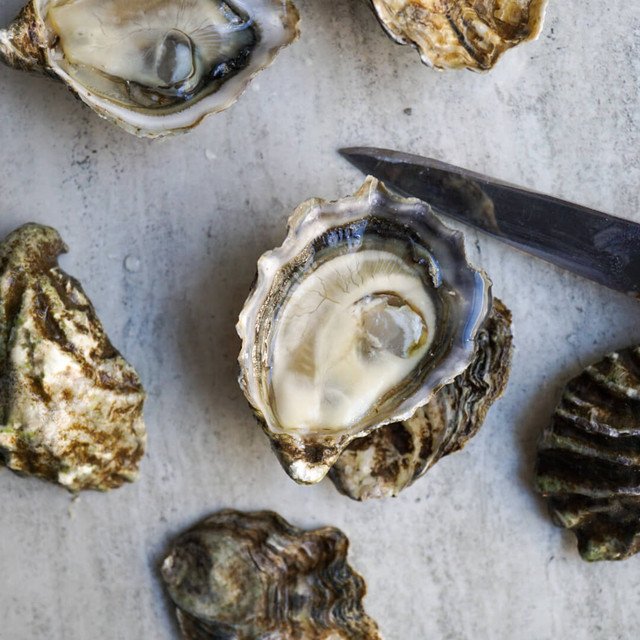by Public Service Associate Juliana

“Unless you’re vegetarian or vegan, you can’t go to Seattle and skip a platter of freshly shucked Pacific Northwest Oysters.”
— Lonely Planet Washington, Oregon & the Pacific Northwest
At the start of every travel journal, after flight details and a packing list, I create a checklist of things to do. Most recently, while planning a trip to Seattle, the list included Pike Place Market, the Space Needle, Seattle Central Library, coffee, and oysters.